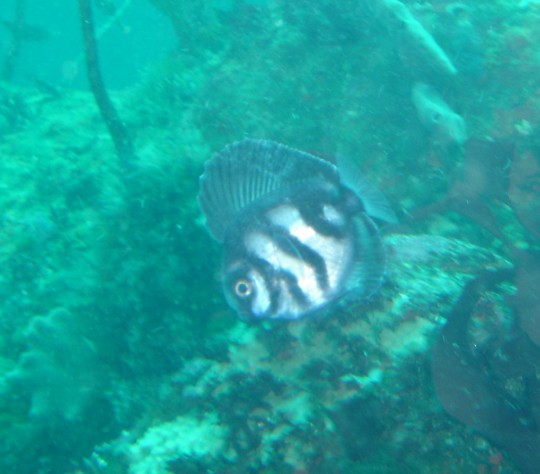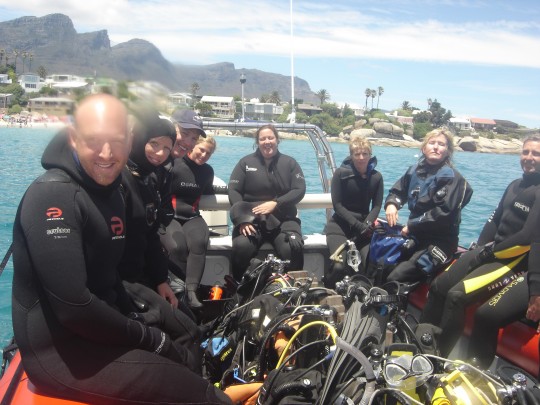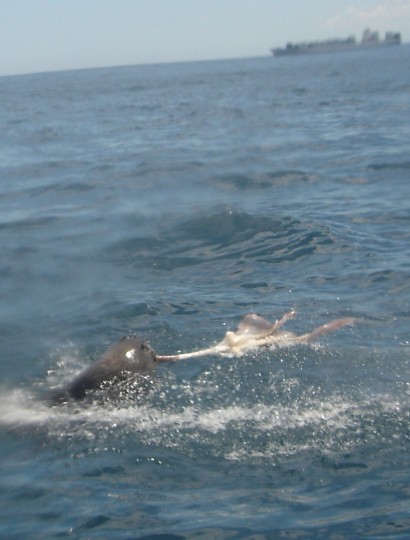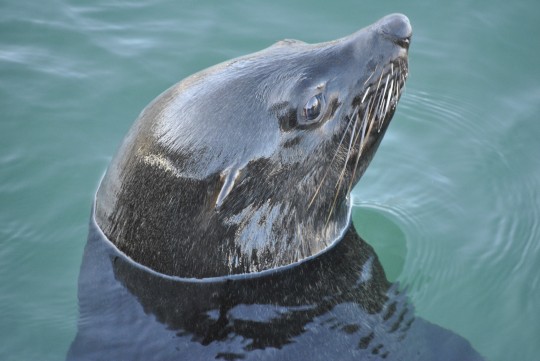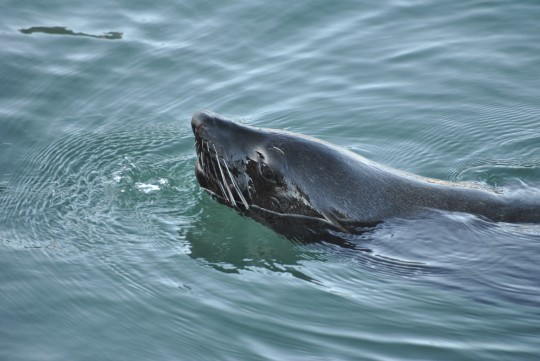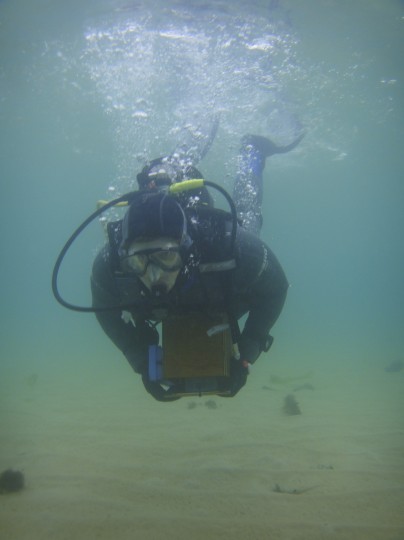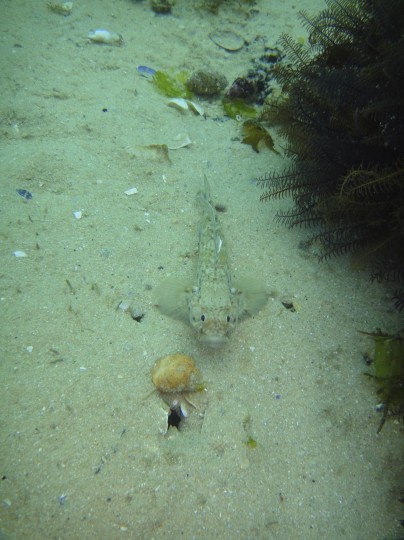Submerge is the other not-for-free South African diving magazine, alongside Divestyle. (The Dive Site is the free one, and is preferable not only for the reason of its cost…)
The Submerge website is smaller and contains less current diving information than that of Divestyle, and while the Current Affairs section on the website is interesting, the absence of dates on the posts makes for frustrating reading. The same section in the magazine is far more useful.
The magazine itself has a more dated look than Divestyle but I find it to be more content-rich and the photographs are more numerous and in general magnificent. Valda Fraser is a regular photographic contributor. She’s the co-author of More Reef Fishes & Nudibranchs, a stalwart on our Sodwana trip (the book, not Valda).
Regular sections include an Ask DAN column, in a sort of agony-auntie format, and the magazine seems to have a close affiliation with DAN. There are also regular Instructor Diaries (often more than one), and a double page spread of Current Affairs. For those who like to (or bother to) tweak their photos after the fact (clearly I am not one of them), there’s a regular Photoshop section that demonstrates simple effects and adjustments for underwater photographers.
One of my favourite sections is the Portfolio section, where an underwater photographer gets to show off a sample of his or her best work. There are the usual features on gadgets and gizmos, including lots of photographic gear.
There are several regular sections that make Submerge a magazine you want to keep:
- There’s a regular Dive Sites section, with photos and useful facts about dive sites all along the Southern African and Mozambican coastline.
- Species Focus is a short one or two page bullet-form article with photos, concerning a particular species
- There’s a “collectable” fish ID section of which Dennis King is often co-author and photographer. This is very useful for distinguishing different types of ray, butterfly fish, nudibranch, or other marine creature. There are sometimes multiple fish ID sections per issue.
Submerge does sometimes have a column or two on technical diving, but it’s much less of a feature than it is in Divestyle.
Like Divestyle, Submerge comes out six times per year, lagging Divestyle by one month.
Latest issue (February/March 2011)

The latest issue is rich on dive travel features, something at which Submerge is very good. Adam Cruise writes an article on diving in Pomene in Mozambique – seahorse heaven apparently! – and there’s a gorgeous photo spread by Valda Fraser of creatures seen on a night dive in the same location.
The featured underwater photographer in the Portfolio section is Mark van Coller, and the cover image (a beautiful seal) is also his. There’s also a feature (with lovely photos) on the destructive crown of thorns starfish. Species Focus is on batoids (skates and rays). Unfortunately our own giant short-tailed stingray was missing!
Submerge is running a series on shipwrecks at the moment, compiled by Wreckseekers. It’s more about the legends and history than about diving the wrecks, but interesting nonetheless.
If you had to choose between Divestyle and Submerge, I’d subscribe to Submerge, particularly if you have a special interest in underwater photography, dive travel or species identification.
















